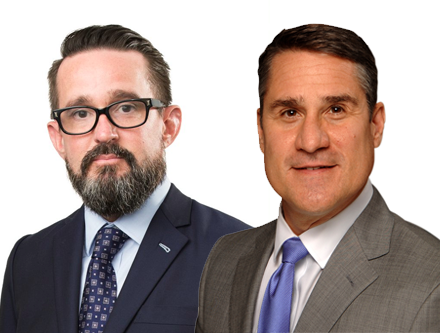

The oil patch is known for many things, including occasional large insurance losses. Subrogation by insurers is an important tool to mitigate the impact of a paid loss and can benefit insureds by improving their loss history. This can be very important in a hard market, and insureds should – and are obligated by their policy to – facilitate subrogation and ensure that they do not prejudice the insurer’s subrogation rights.
The steps needed to support subrogation vary depending on the size and cause of a loss. The first step is to thoroughly investigate the loss, including causation. Obtain information from witnesses and gather and preserve evidence (photos, video, drones, visual inspections, testing) about the site of the incident and its condition immediately following the event. For a large loss or where litigation is anticipated, engage outside counsel early to take statements and assist with the investigation. Hiring counsel early will also prove valuable if claims are brought by workers, neighbors or customers impacted by the event.
Identify the cause of the loss with expert assistance as necessary. The cost to investigate a loss, including hiring experts, is usually covered by insurance policies or can be agreed on by insurers following a loss. Collect documentation that will impact subrogation, including contracts with parties involved with the site or the work involved.
Also collect information concerning the full financial impact of the event. This includes costs incurred by the insured to investigate the loss and effect the recovery. It also includes third-party costs to clean up, repair, rebuild or replace the insured item (‘betterment’ may be an issue and should be considered early on when making replacement decisions) and information on the impact of the event on the operations of the insured, including increased costs and lost revenue. For the latter, the cost of hiring a forensic accountant is usually covered as part of a property insurance claim and often proves invaluable.
With rare exceptions, oilfield contracts contain ‘knock-for-knock’ risk allocations and associated indemnities that are intended to prevent one party from seeking recovery of its own losses from the other. These contracts also require that parties owed indemnity be ‘named and waived’ on insurance policies to preclude subrogation by insurers that is contrary to the risk allocations in the agreement. As a result, contracts relating to a loss need to be reviewed by counsel before subrogation is pursued.
This review should include an assessment as to whether the indemnities meet legal requirements (e.g. the ‘express negligence’ rule) and were carefully written to protect all potentially liable parties (e.g. subcontractors). The indemnity and insurance undertakings may also be against applicable law, including state ‘anti-indemnity’ laws, as well as prohibitions against protecting a party from the consequences of its own gross negligence or willful misconduct.
Insureds must not waive or settle rights against third parties without the agreement of their insurer, or they could prejudice insurance recovery. There may be instances where there is not full alignment of interests between the insured and insurer – for example, if the party at fault is a large customer of the insured. These need to be identified and addressed; insurers may agree to forgo subrogation efforts that are harmful to the insured’s business.
Insurers typically use subrogation firms that are engaged with very healthy contingency fees. If liability against a third party is clear and they have insurance, an insured may want to consider pursuing a claim itself to avoid the cost of subrogation counsel appearing on its loss record. The subrogation action should seek recovery of the insured’s uninsured losses (e.g. deductibles), and state law will dictate who gets paid first where there is not a full recovery. It might be wise to reach agreement with the insurer on allocation of recoveries once the claim is close to complete and before negotiations with or trial against the culpable parties.
Insureds need to pursue an insurance claim following a loss, but they should do so in consideration of possible subrogation efforts by insurers. Ideally, this will include collaboration on how to optimize recovery based on a well-documented subrogation claim.
 Jim Noe is a partner at Jones Walker who represents energy industry clients in transactions, disputes and government relations matters. Tim Woodard is head of office for Louisiana at Lockton Companies, where he specializes in the marine and energy industries.
Jim Noe is a partner at Jones Walker who represents energy industry clients in transactions, disputes and government relations matters. Tim Woodard is head of office for Louisiana at Lockton Companies, where he specializes in the marine and energy industries.
